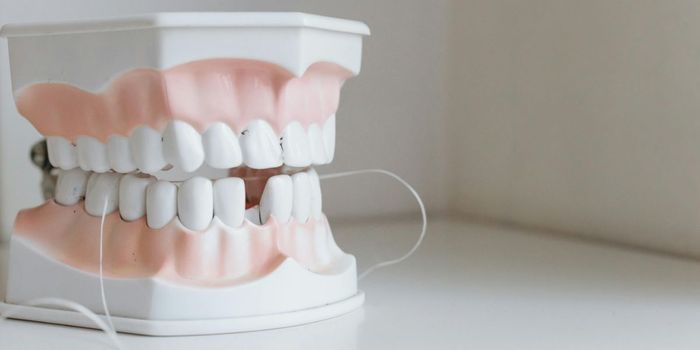The Brain Wiring Behind Social Dominance
It’s often said that to be a winner, one must think like a winner. Putting your mind to a goal of winning a tennis match or an argument is seen as just having a positive attitude. It’s more than that, however, according to recent research from a team of scientists in China.
Dr. Hailan Hu led the research group from Zhejiang University in China. The goal of the work was to find out what neural circuit in the brain is active when dominance is displayed. It’s called the “winner effect,” and it’s based on social dominance and hierarchy, in the animal kingdom as well as in humans. Every species competes in some way for dominance, whether it’s over a mate, a food source or a position in the herd. The winner effect is partly about probability as well. Once a victory has occurred, the likelihood of that animal winning the next dispute go up. With each win, the odds of the streak continuing go up.
What Hu and the research team in China wanted to know was which specific neurons were active when an animal takes over and dominates another and, once identified, could that circuit be controlled. They used a mouse model for their study and looked at patterns of activity in the dorsomedial prefrontal cortex (dmPFC) which is known to be the region of the brain that processes social dominance.
To see how the mice handled an encounter where dominance and submission could be observed, two mice were placed facing each other in a clear tube. There was not enough room for the mice to pass each other, so the only way to escape the tube was for one mouse to yield to the other and back out of the tube. The researchers looked at the behavior of the mice and recorded actions like resistance, push-back, initiating a push, retreat, and stillness.
The team was also monitoring the brains of the mice during these encounters, specifically in the dmPFC. What they noticed was that a particular subset of neurons showed increased activity during dominant behaviors like pushing and resisting. When the mice who exhibited these dominant actions were given a drug that inhibited this neuron activity, they became more passive, and the number of dominant actions was reduced.
What was even more significant in the research was what happened when the neural circuits in the dmPFC cells were stimulated with light. Using optogenetics, which is a process of activating certain cells with various light frequencies, the researchers observed that in 90% of the mice, the dominant urge increased immediately and the mice began to behave as alpha mice. The incidence of dominant behavior went way up with this stimulation. The effect lasted into the next day for the mice that were given 6 or more optogenetic pulses.
Dr. Hu explained that the results showed that increasing dominance does not have to involve making mice overly aggressive or physically stronger, but rather can be achieved by making the mice more resilient so they try harder to dominate. He stated, “Importantly, dmPFC activation does not seem to boost dominance by enhancing basal aggression level or physical strength, but rather by initiating and maintaining more effortful behaviors during social competition.”
The video below shows some of the experiments with the mice in the tube, check it out.
Sources: Science, Ars Technica, New China









